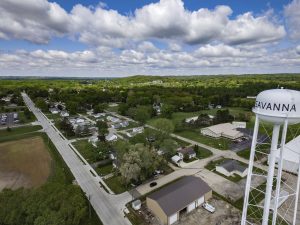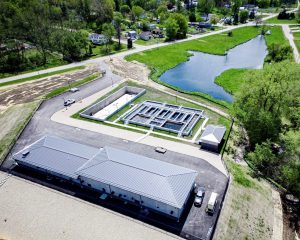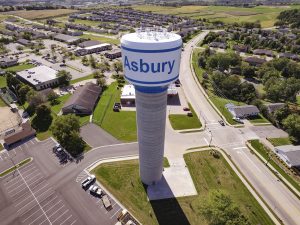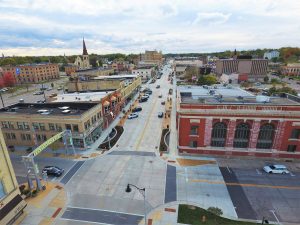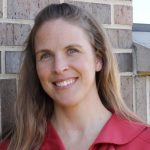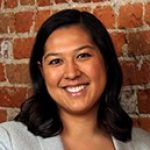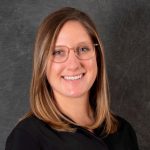Raise your hand if you know your community’s current LMI number.
Not sure? Let’s discuss.
A community’s number determines whether or not it receives essential Community Development Block Grant (CDBG) funding — the source for many large, local infrastructure and redevelopment projects such as street and road reconstructions, sanitary and sewer systems, housing developments, and more. Estimated low- and moderate-income (LMI) summary data (LMISD) numbers are assigned to a community by the U.S. Department of Housing and Urban Development (HUD) which uses the most recent American Community Survey 5-year estimates. This set of data is updated every 4-5 years.
Updated numbers were released in late June 2024 and should be used when communities are qualifying new low- and moderate-income area (LMA) activities as of August 1, 2024. To better understand the program, municipal leaders should learn a few things about eligibility requirements, state-specific variations, and options for situations where a community flips from one side of the eligibility coin to the other.
The eligibility teeter-totter
Generally speaking, 51% is the magic number when it comes to being eligible to receive funding for community-wide projects — those that benefit the entire citizenry such as water towers, transportation corridors, sanitary and sewer systems, etc. If your community receives a new LMI number of 51% or higher — meaning that at least 51% of your total service area population meets LMI criteria — you are approved to move a community-wide project forward with grant applications without additional legwork or hesitation.
Communities receiving overall LMI numbers below 51% cannot immediately pursue grant funding for those same broader-scope projects. Instead, they need to move forward with more localized projects within neighborhoods whose households collectively meet the 51% LMI rule. However, communities below 51% are not entirely out of large-project options. Those still hoping to pursue community-wide projects may conduct an income survey to establish new eligibility. Income surveys are a means for communities with LMIs under 51% or with questionable margins of error to collect their own income data and potentially tip the scales of program eligibility.
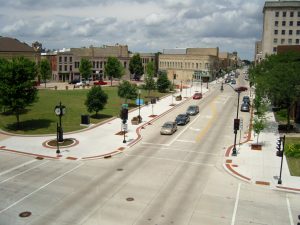
Reconstruction of Main Street in the City of Oshkosh, Wisconsin.
Income surveys
Income surveys can be conducted by the community itself or by a third-party consultant to either confirm or challenge the estimated LMI number assigned to it by HUD.
Surveys can take varying shapes: paper surveys distributed by mail, door-to-door conversations, or online surveys. Typically, the necessary information to collect includes the number of people living in the household and the gross household income. Citizens do not need to declare a precise income amount but can select the appropriate income range from a listing provided. The time needed to complete a community survey depends on community size, method of data collection and the number of people available to do the work. When collection is complete, the data is compiled and often (depending on the state) needs approval from a state agency before being used to apply for any grant funding. Some states also require compiling a survey results worksheet and submitting that along with the funding application. At any time, HUD has the authority to pursue a state-level audit, under which circumstances the state is required to turn over all survey-related documentation to the agency for review.
Income surveys have a sunset date as well. They generally stay valid for a period of 3-5 years, after which a new survey needs to be conducted.
State-specific program details
Each state has slight variations on program eligibility requirements, income survey details, agency approvals and deadlines. Here some examples of differences across the states of Illinois, Iowa, Minnesota and Wisconsin.
Illinois
Eligibility requirements:
- Per the federal standard, Illinois communities wishing to apply for CDBG funding to support large community-wide projects must have at least 51% of their total service area population meeting LMI criteria. However, Illinois communities also qualify if 51% of a designated Census Block Group meets LMI criteria.
- Illinois communities can also blend Census Block Group LMI percentages with adjacent block groups. For example, if one block group is above 51% and another is below, the two can be averaged together. If the resulting average is above 51% and the project benefits both Census Block Groups, it is eligible for project funding.
Income surveys:
- Only Illinois communities or Census Block Groups with LMI numbers of 42% or higher can conduct an income survey. That said, communities or Census Block Groups can also conduct an income survey if their HUD-determined Margin of Error brings the LMI up to 51% or greater.
- If a project is specific to a more localized neighborhood and that neighborhood is eligible to conduct an income survey (LMI of 42% or higher), one may be conducted only for those properties that project would benefit. In these instances, the survey is also required to have at least a 75% response rate to be viable.
- In Illinois, an income survey results worksheet must be submitted as part of the funding application, which is approved or denied during application review.
- Income surveys in Illinois must be completed for every grant cycle — every year. They must be started after the CDBG deadline of the previous year.
Agency approvals & deadlines:
- There are no additional state regulatory agencies that need to approve the results of an income survey.
- Surveys are due annually in January, in tandem with CDBG funding applications.
- Communities looking to conduct a survey should begin in late summer with a target deadline to have it complete by October. This provides enough time to develop the remainder of the funding application, which is influenced by whether or not the survey is successful in achieving a percentage rate of 51% LMI.
Iowa
Eligibility requirements:
- Per the federal standard, Iowa communities wishing to apply for CDBG funding to support large community-wide projects must have at least 51% of their total service area population meeting LMI criteria.
Income surveys:
- Any community may conduct an income survey but must follow the process outlined by the Iowa Economic Development Authority (IEDA). Requirements include surveying methods and formats, establishing a target sample demographic of households, organizing interviews, and assigning a level-of-confidence rating.
- Income surveys in Iowa remain valid for 3 years.
Agency approvals & deadlines:
- Any income survey conducted must meet the criteria set forth by the IEDA.
- Surveys may be conducted any time of the year and there is no firm due date, although it is not recommended to complete a survey until a community is ready to act upon the results, since the surveys are only valid for 3 years.
- There are no additional state regulatory agencies that need to approve the results of an income survey, but communities should retain all the associated documentation in case of a potential audit.
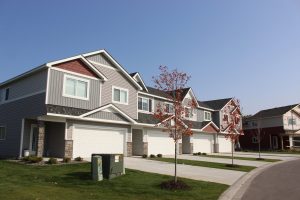
Multifamily housing development in Monticello, Minnesota.
Minnesota
Eligibility requirements:
- In Minnesota, the Department of Employment and Economic Development (DEED) is the agency in charge of LMI-related funding. Per the federal standard, Minnesota communities wishing to apply for DEED/CDBG’s Small Cities Development Program (SCDP) funding to support large community-wide projects must have at least 51% of their total service area population meeting LMI criteria.
- Funding assistance through DEED in Minnesota is gap funding with a maximum award of $600,000, so it generally does not fully cover the costs of the project; communities need to contribute to the balance.
Income surveys:
- Income surveys may be conducted in Minnesota communities that wish to challenge the LMI numbers received via HUD.
- An income survey is required, regardless of the overall community LMI number, for projects that do not benefit the entire community, such as residential street rehabilitations or neighborhood revitalization projects.
- Income surveys in Minnesota remain valid for 5 years.
Agency approvals & deadlines:
- Minnesota communities have a two-step application for DEED funding and must have any income surveys completed prior to the first round, which is typically mid-November of each year. This is considered a pre-application, after which communities are invited to a second round, which is the full application.
Wisconsin
Eligibility requirements:
- Per the federal standard, Wisconsin communities wishing to apply for CDBG funding to support large community-wide projects must have at least 51% of their total service area population meeting LMI criteria.
- If a project is within a neighborhood service area, then only the benefitted streets/area would need to meet the 51% rule.
Income surveys:
- Community -wide income surveys may be conducted in Wisconsin communities that wish to challenge the LMI numbers received via HUD. Communities may also perform neighborhood income surveys for projects that do not qualify as having a community wide benefit.
- Income surveys in Wisconsin remain valid for 5 years from the income survey distribution start date.
Agency approvals & deadlines:
- The deadline for Wisconsin communities to complete and submit income surveys is currently February 15 of the year they intend to apply but should be started by November 1 to assure ample time for completion.
- The Wisconsin Division of Energy, Housing and Community Resources (DEHCR) must review and submit feedback prior to issuing an income certification letter to the community.
- Communities looking to apply only for neighborhood-eligible projects can start the income survey process any time.
Looking for help?
MSA has a dedicated team of funding experts ready to assist communities with reviewing new LMI numbers, weighing any margin-of-error impacts, and conducting or coordinating local income surveys to meet program compliance and application deadlines. We understand the financial piece of projects is essential. And every dollar counts when it means bringing a much-needed infrastructure project to fruition, cleaning up blighted areas of the community, or developing new housing for residents. We’re here to help, and we’re just a phone call away.
